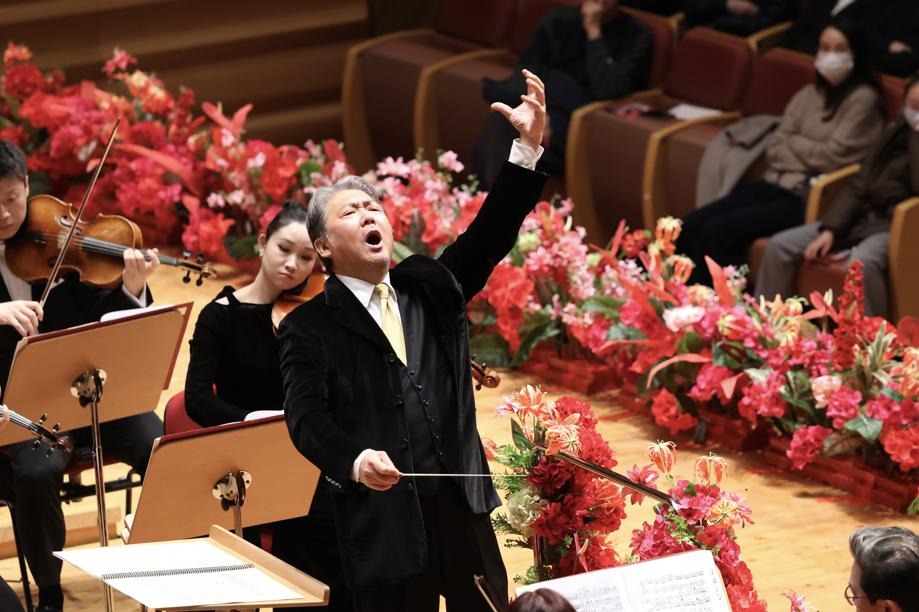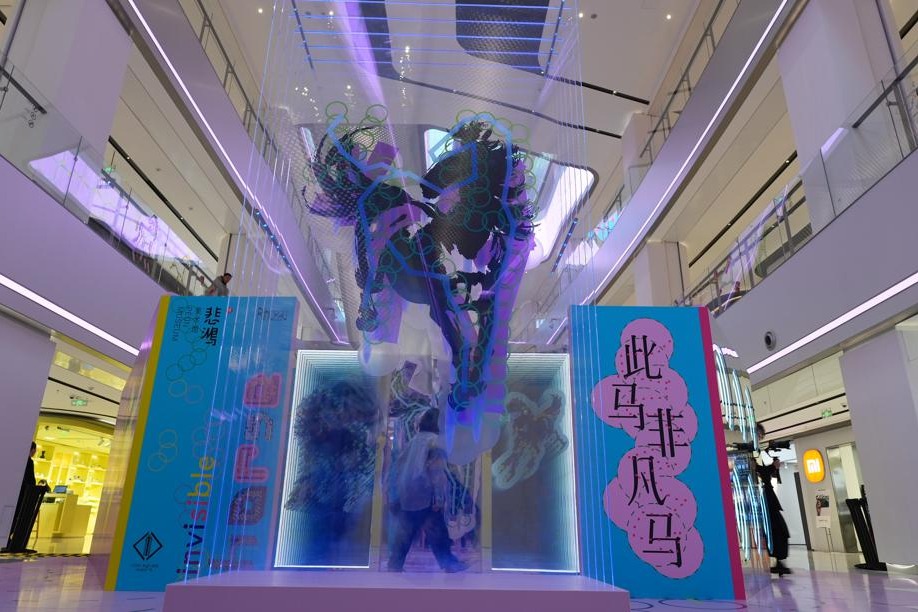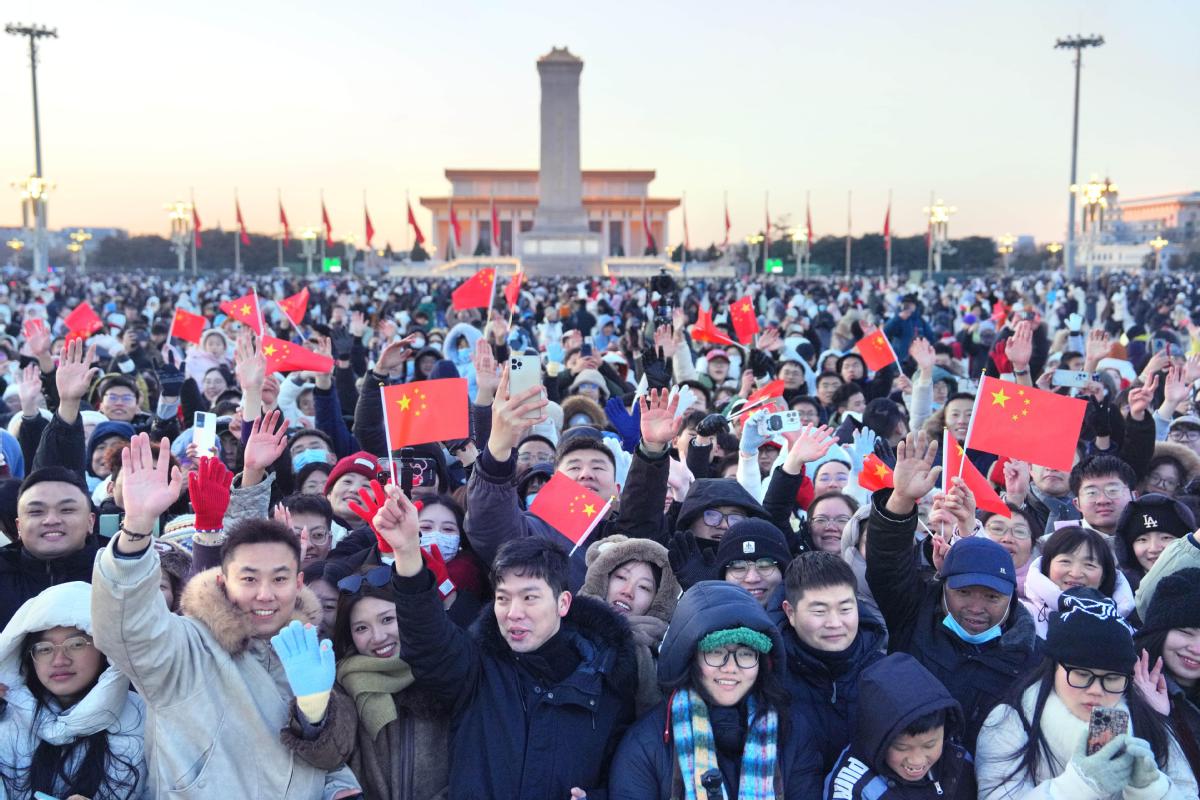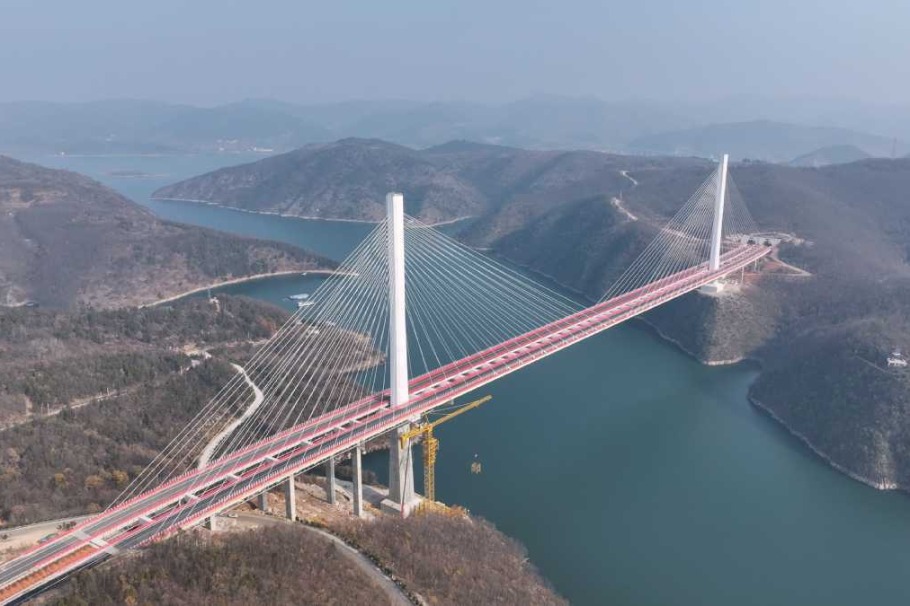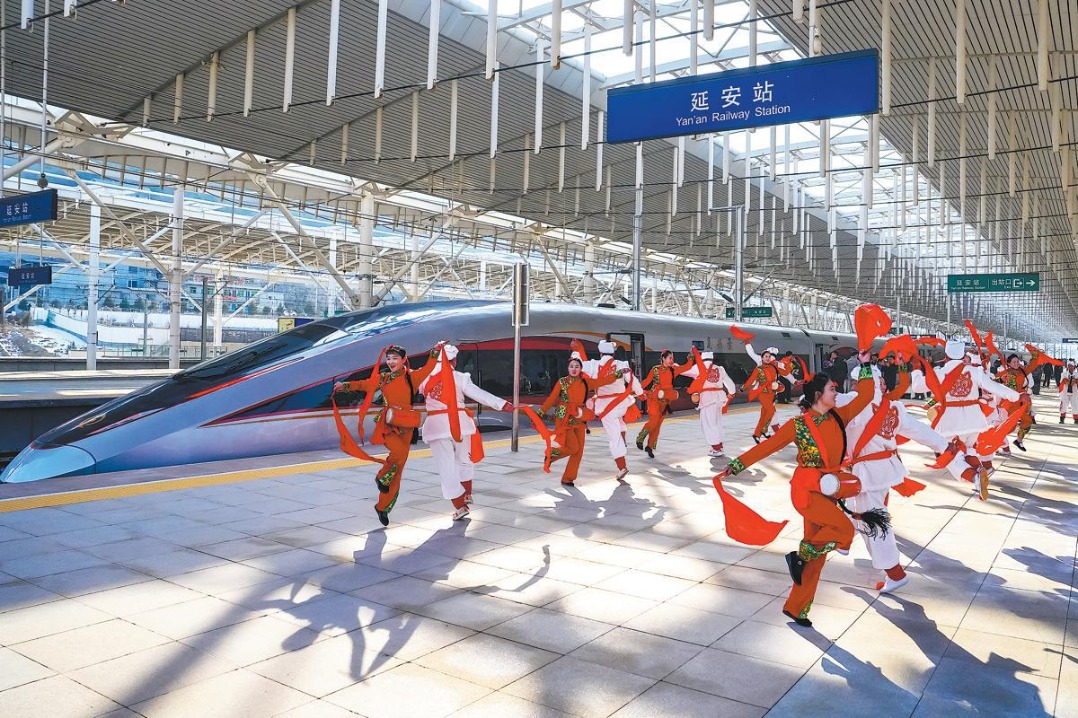New tool tests for virus traces in air


The race to track the spread of COVID-19 has prompted Chinese scientists to develop a system aimed at detecting traces of the novel coronavirus in the air.
The new technology made its debut during the ongoing 2022 Beijing Winter Olympic Games as part of measures to curb the disease's spread.
"The virus containment work (during the Games) consists of a number of procedures such as sanitizing facilities and testing participants," said Liu Peng, a researcher at Tsinghua University's School of Medicine and a member of the research team.
"And testing air for the virus is an additional tool to provide early alerts."
Although COVID-19 primarily spreads via respiratory droplets that are released when a person coughs or sneezes, researchers have found that it can be transmitted by aerosol particles that linger in the air, especially in closed settings.
The new tool consists of a portable collector designed to suck in ambient air and shake out aerosol droplets consisting of fine particles that can carry the novel coronavirus, mix with the air and be inhaled.
After disinfection, the collected gas is transformed into a fluid and tested via a nucleic acid detector.
The detector is 10 times more sensitive than regular nucleic acid testing tools, according to the research team, which comprised scientists from Tsinghua University, Peking University and the Chinese Academy of Medical Sciences.
"The sensitivity of the machine is 20 copies per milliliter, compared to the regular level of 200 to 500 copies per milliliter," Liu said. That means even samples with low viral load can be flagged by the detector.
He added that the entire testing process, from gathering samples of air to releasing results to local disease control authorities, takes less than four hours.
Before being put into use, the system underwent trials at five venues for the Games and the 2022 Beijing Media Center from October to late January.
More than 100 air sample collectors are expected to be deployed during the Games, Beijing News reported late last month.
Meng Rui, deputy head of Beijing's Chaoyang district, which is home to the National Speed Skating Oval, told a news briefing on Feb 9 that the technology had been applied in warm-up areas, dressing rooms and restrooms at the facility, and testing for traces in the air was being conducted on a daily basis.
Liu said the system is likely to be used in hospitals, train stations and airports in the future.
Zhang Zhouxiang contributed to this story.
- 'Separatist fallacy' of Lai Ching-te 'doomed to fail'
- Shanghai Symphony Orchestra rings in the new year
- New power station opens in Shanghai
- Series on Shanghai revolutionary sites airs
- Xu Beihong's horse-themed art exhibition opens in Shanghai
- China has enhanced social safety net: government minister
















